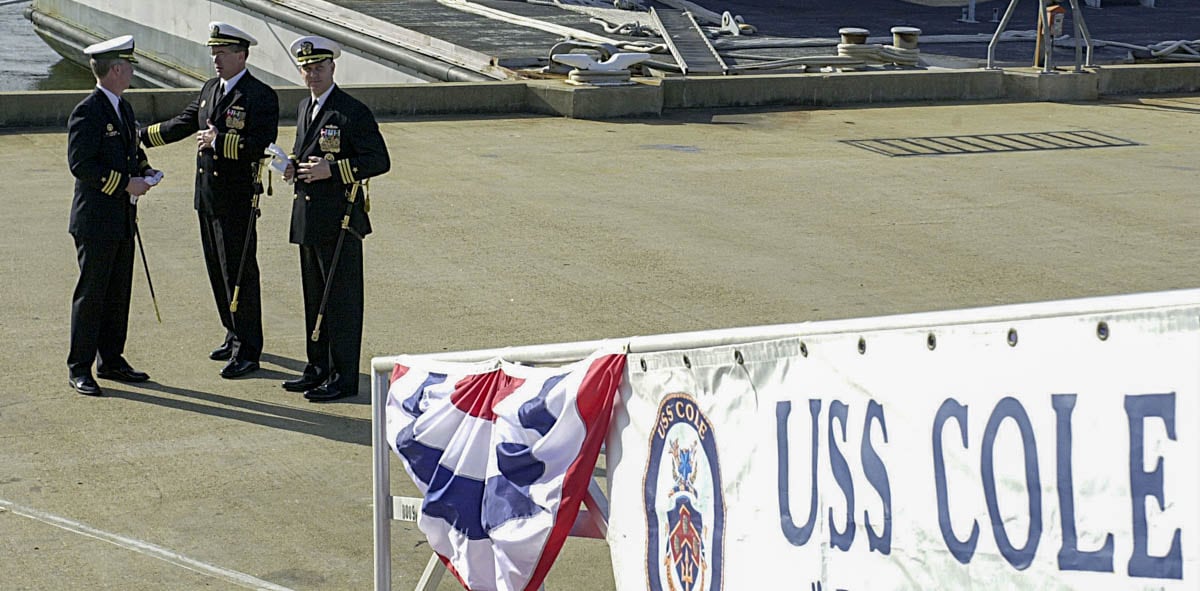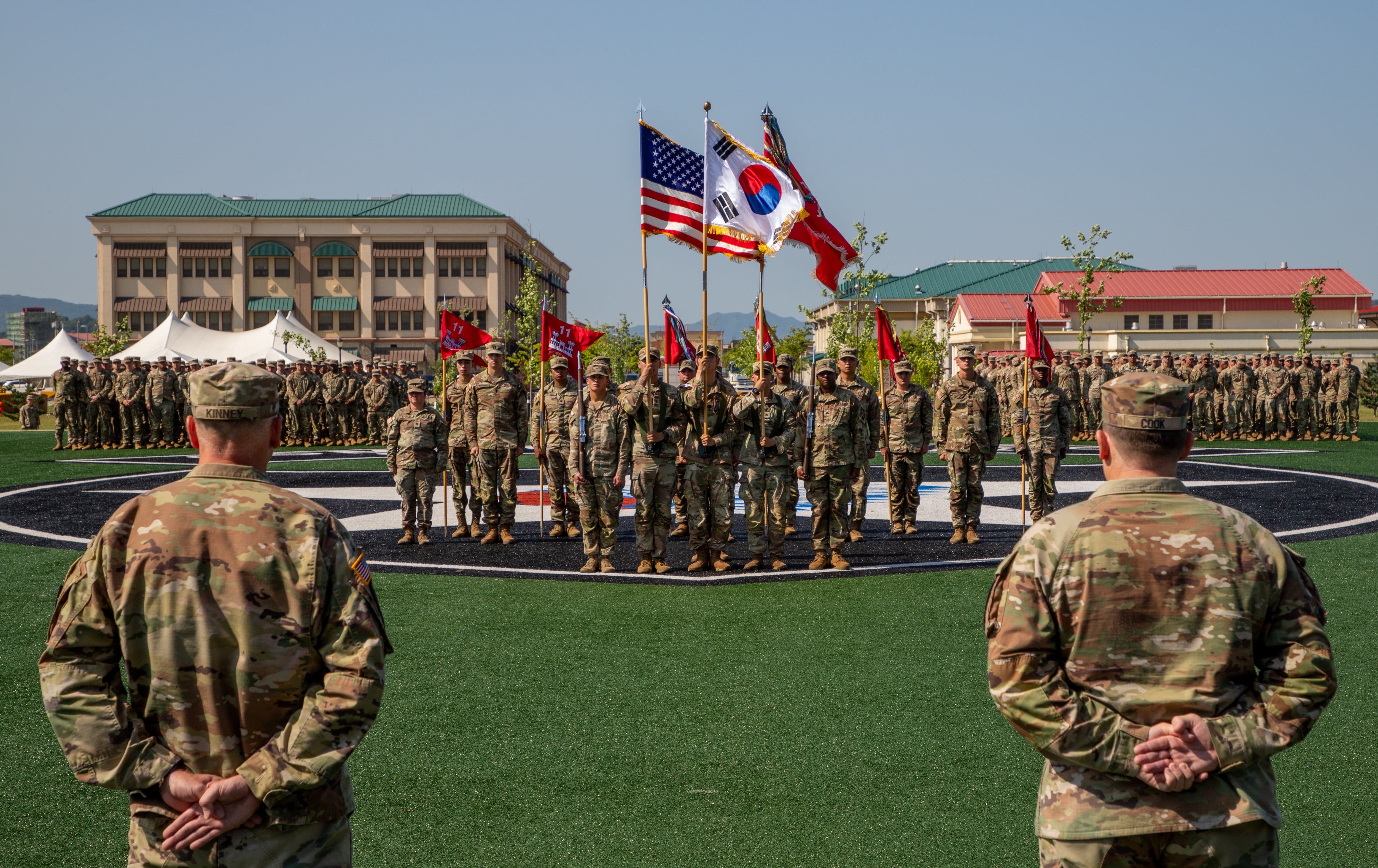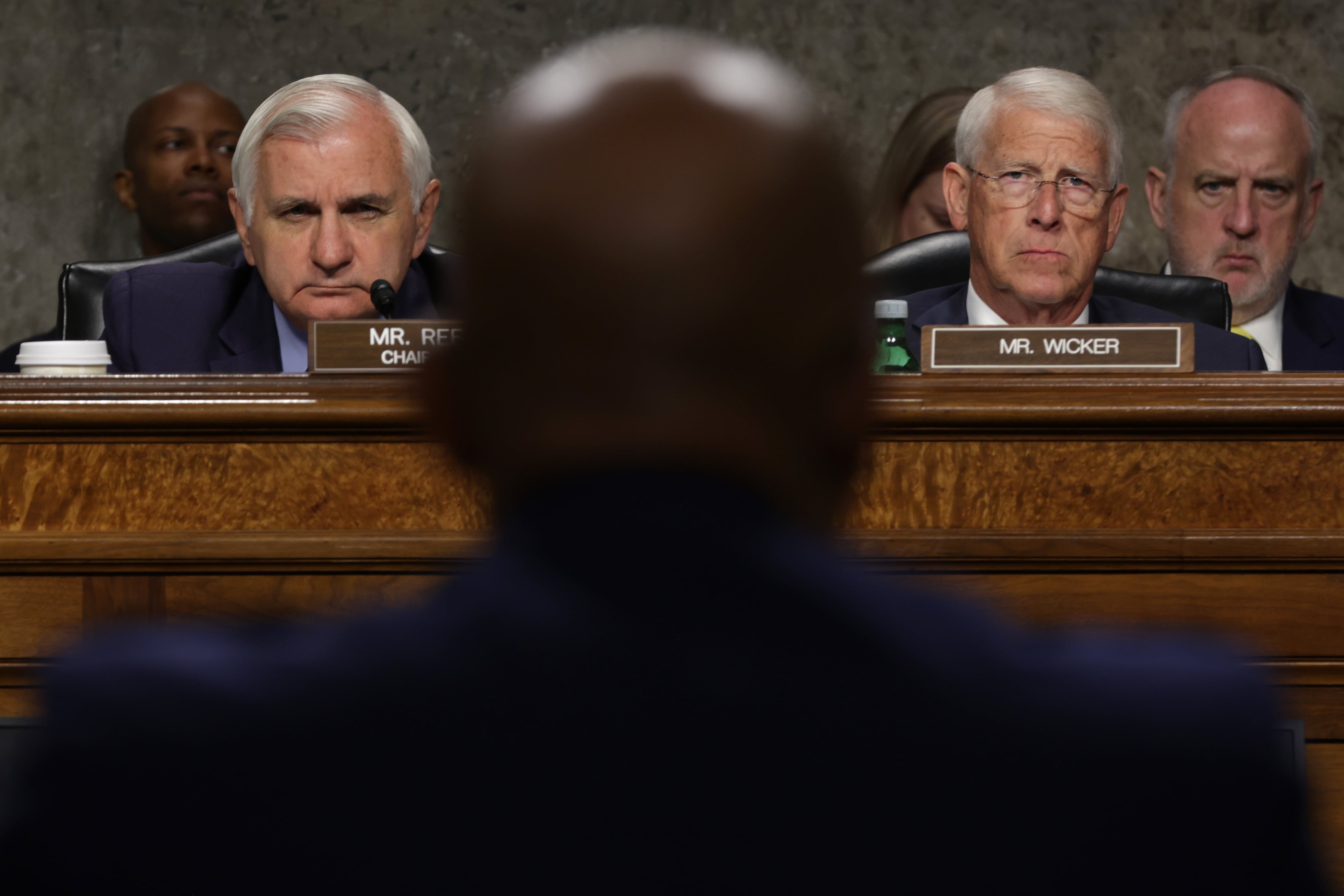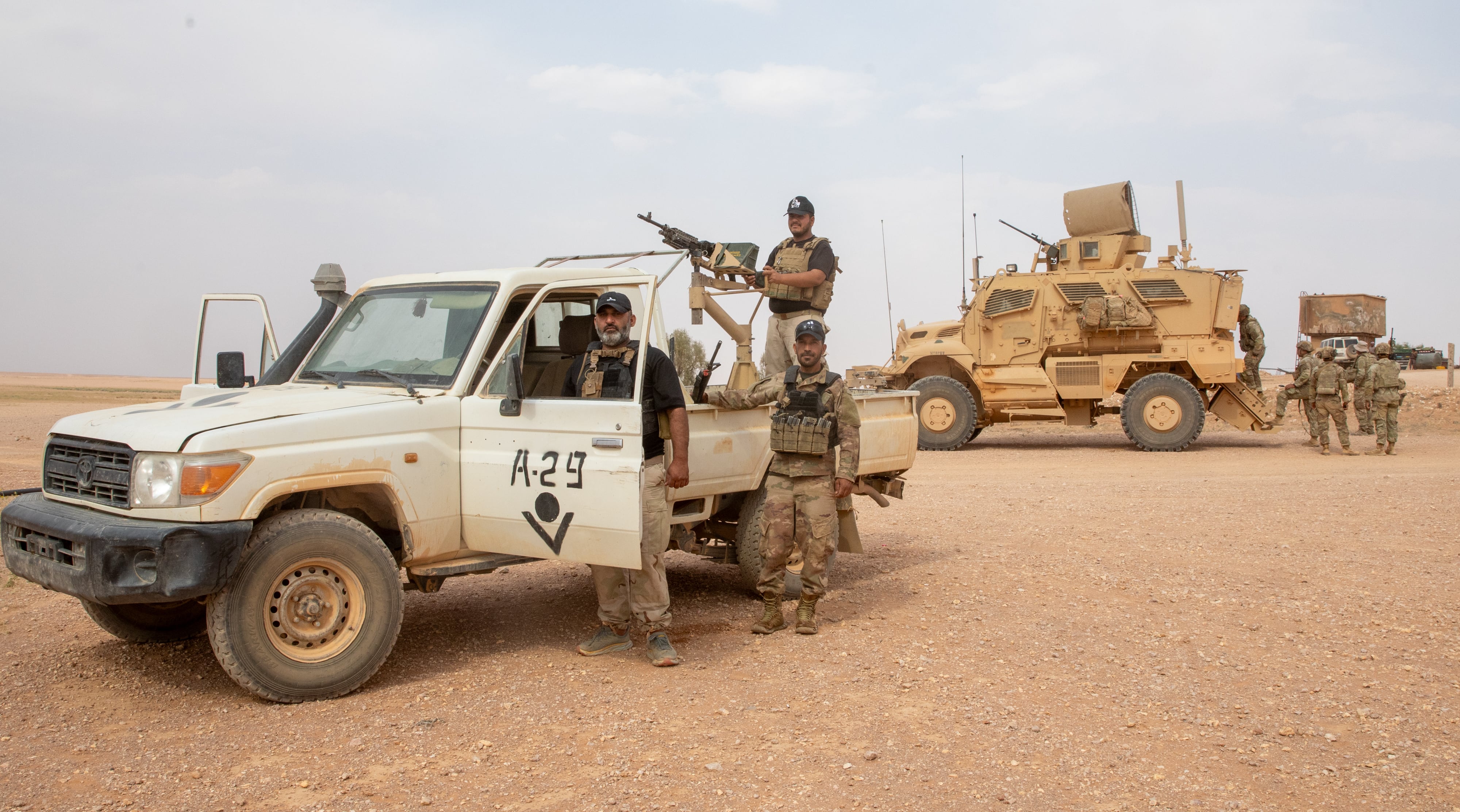The skipper who led the destroyer Cole and its crew on their first overseas deployment after al-Qaida in Yemen blew a gaping hole in the side of the ship, will assume command of Fleet Forces Command today.
Recently confirmed as a four-star admiral, Christopher W. Grady will relieve Adm. Phil Davidson, who has led the Norfolk-based command for the past three and a half years. Davidson will head to Hawaii to lead the joint U.S. Pacific Command.
The afternoon change of command ceremony will be held aboard the aircraft carrier George H.W. Bush in Norfolk
Grady assumes the reins at Fleet Forces Command less than a month shy of the 14th anniversary of the destroyer Cole’s return to Norfolk, May 27, 2004, after completing a six-month Mediterranean cruise, the ship’s first overseas deployment since that Oct. 12, 2000, attack.

That blast ended the lives of 17 sailors and crippled the ship, which had to be carried home on a heavy lift ship and reworked.
When the Cole returned after its first deployment following the tragedy, greeted pierside by a sun-splashed crowd of happy friends and family members, then-Cmdr.Grady admitted there had been anxiety on the deckplates when the rebuilt ship left Norfolk the previous November, especially for the five crew members who were on board during the attack.
He pointed out the 17 white stars, inlaid in the mess deck’s passageway, in honor of those who perished.
“You can’t go down on the mess decks every day and walk over those 17 stars and not think about that,” Grady told Navy Times during the homecoming.
“But I think that proved to be a terrific motivation for everybody. And not for any revenge motivation, but just that, hey, these were 17 guys and gals that we need to remember and honor by doing this job, and doing this job very well.”
Grady now takes command of a fleet that is dealing with years of undermanning and a lack of adequate training and maintenance. Part of his job will be to focus now-available resources on those problems.
His experiences as a destroyer squadron and strike group commander as well as commander of the Sixth Fleet, his last job, will help in that endeavor.
He’s now responsible for manning, training and equipping the ships that will deploy to that region, as well as to the Gulf and 5th Fleet area of responsibility.
As the point person responsible for maintaining and executing the Optimized Fleet Response Plan, he could soon be directed to radically change how those ships deploy as Secretary of Defense Jim Mattis seeks to make the Navy’s deployments less predictable and more agile.

Then there are the other jobs, particularly taking over from Davidson as the Navy’s official convening authority for all the Navy’s disciplinary proceedings in the “Fat Leonard” bribery scandal, where some Navy prosecutions have yet to head to trial.
Prior to taking command of Cole, Grady had commanded a mine countermeasures crew that trained in the mine countermeasures ship Chief and deployed to the Persian Gulf aboard the mine countermeasures ship Ardent.
After his tour on the Cole. Grady did a two-year stint as an aide to Chief of Naval Operations Adm. Vern Clark and his successor, Adm. Mike Mullen.
A native of the Navy town of Newport, R.I., Grady was commissioned in May 1984 after graduating from the University of Notre Dame and the Naval Reserve Officers Training Corps.
A surface warfare officer, he initially went to sea onboard the Spruance-class destroyer Moosbrugger from 1984 to 1987. His department head tour was aboard the guided-missile cruiser Princeton, where he was first the ship’s weapons control officer and later the combat systems officer.
Mark D. Faram is a former reporter for Navy Times. He was a senior writer covering personnel, cultural and historical issues. A nine-year active duty Navy veteran, Faram served from 1978 to 1987 as a Navy Diver and photographer.





